Places of science 2018
From the Outer Hebrides to the Northern Irish coast, organisations across the UK will captivate local communities with stories of science using their museums and collections.
Meet the 12 projects that have been selected to take part in the Royal Society’s Places of science 2018 grant scheme which provides funding of up to £3,000 for exhibitions and events which engage local communities in stories of science. From a competition for young environmentalists, through the development of new handling collections, to interactive workshops, the projects offer a range of ways to engage with local science.
The successful projects are:
- Alan Joyce - Young Environmentalist Competition 2019, Strathnaver Museum, Bettyhill
- Britten's Good Vibrations - the Science of Sound and Music, The Red House, Aldeburgh
- Cladach agus Machair, Taigh Chearsabhagh Museum, Lochmaddy
- Dippy about Dinosaurs, Andrew Carnegie Birthplace Museum, Dunfermline
- Enlightening Science: Engaging with the Heritage of Richard Robinson, Armagh Robinson Library and No. 5 Vicar's Hill, Armagh
- From the small town of Totnes great ideas flow! Totnes Elizabethan House Museum, Totnes
- On The Right Track (Past to Present Rail Innovation), Doncaster Museum and Art Gallery, Doncaster
- Our brain is TREASURE: Uncovering the science in Bristol's psychiatric innovations, Glenside Hospital Museum, Bristol
- Penmaenmawr Rocked! Why the town became a hub for scientists in the 19th century, Penmaenmawr Museum, Penmaenmawr Project
- Life-Cycle, Littlehampton Museum, Littlehampton
- Traills on Rails: Hydroelectricity and the Giant's Causeway Tramway, Ballymoney Museum, County Antrim
- Whitby and the Cosmos: The Search for Dark Matter, Whitby Museum, Whitby
Alan Joyce: Young Environmentalist Competition 2019
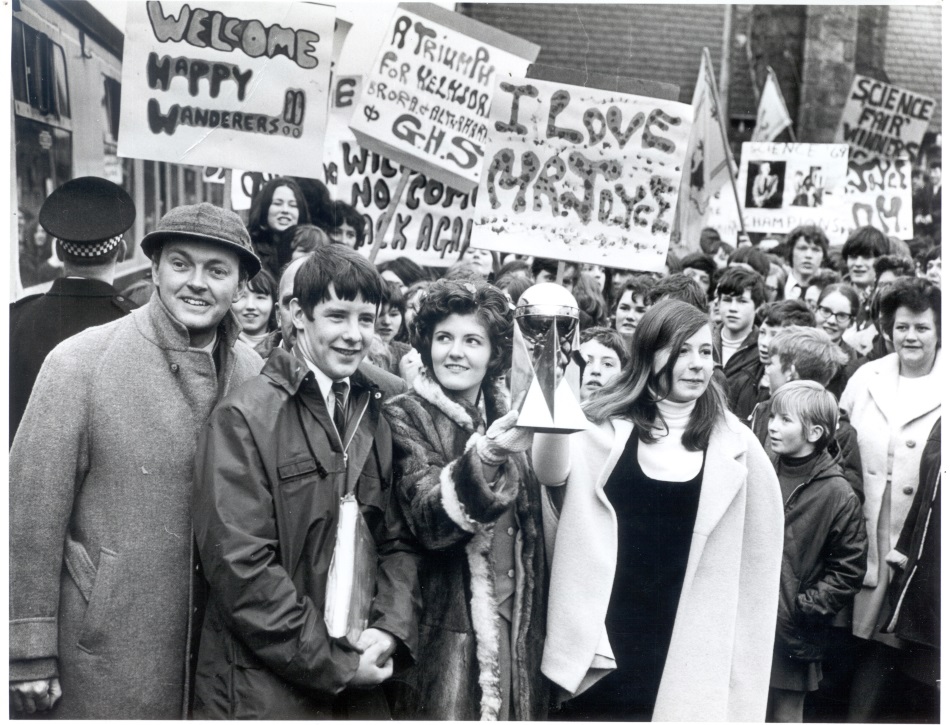
Strathnaver Museum are launching an art competition in memory of Alan Joyce, who taught locally from 1961-1988, which they hope will inspire young people to appreciate the importance and beauty of nature.
“We want to inspire our children to appreciate and understand the importance of the environment in the everyday, for both practical uses which help us to survive and for our own well-being, as well as being important to ensure the survival of other species. We envisage that by asking the children to think about "what use is nature?" they will begin to explore the everyday wonder to be found on their doorsteps.” – Fiona Mackenzie, Development Manager
The museum will supply learning packs to local schools and an artist will support children in creating their works. Submissions will be judged by local nature experts, with the finalists being displayed in a special exhibition at the museum.
Britten’s Good Vibrations - The Science of Sound and Music
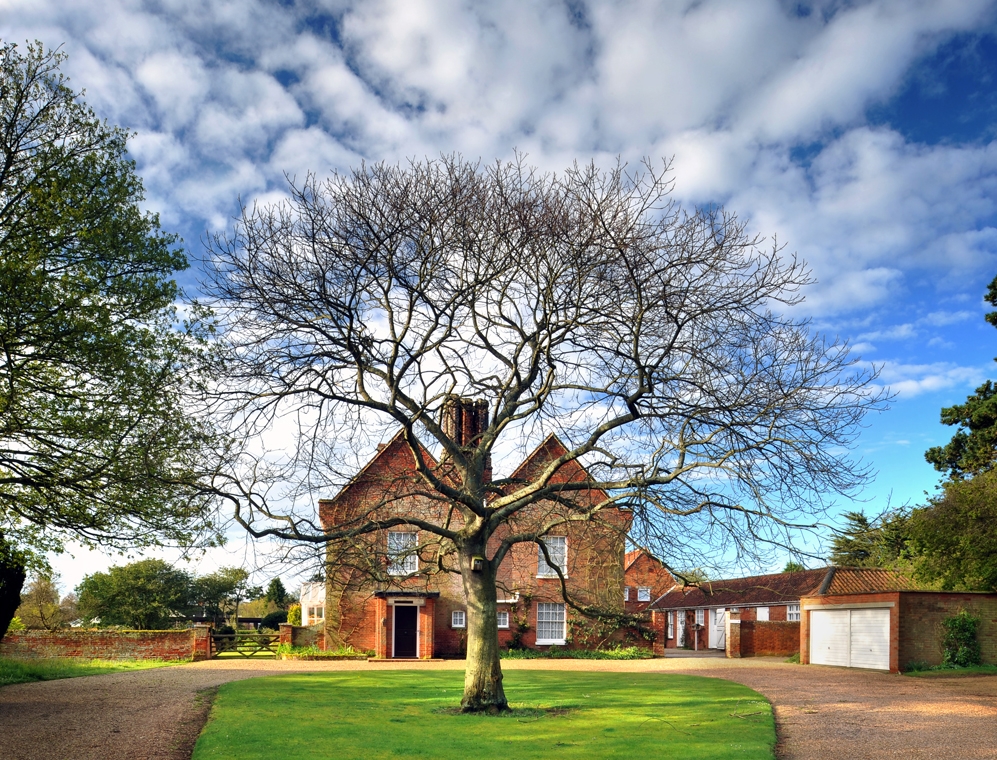
The Britten-Pears Foundation at The Red House, Aldeburgh will be exploring the science of sound and music, inspired by its former resident, the great twentieth century composer Benjamin Britten.
“The project will involve developing new, stimulating science sessions and events that link Benjamin Britten’s music with the science of how the sounds are produced, heard and recorded. This is an exciting opportunity for The Foundation to move in a new direction, using science to enhance our story and collections.” – Joe Carr, Curator of Collections and Learning
The Foundation will work with families with young children, as well as primary school and a local childrens’ centre. School sessions are due to start in March 2019 and activity will culminate in a Family Science Day in the summer.
Cladach agus Machair (Machair and Shore)
Taigh Chearsabhagh Museum, Lochmaddy
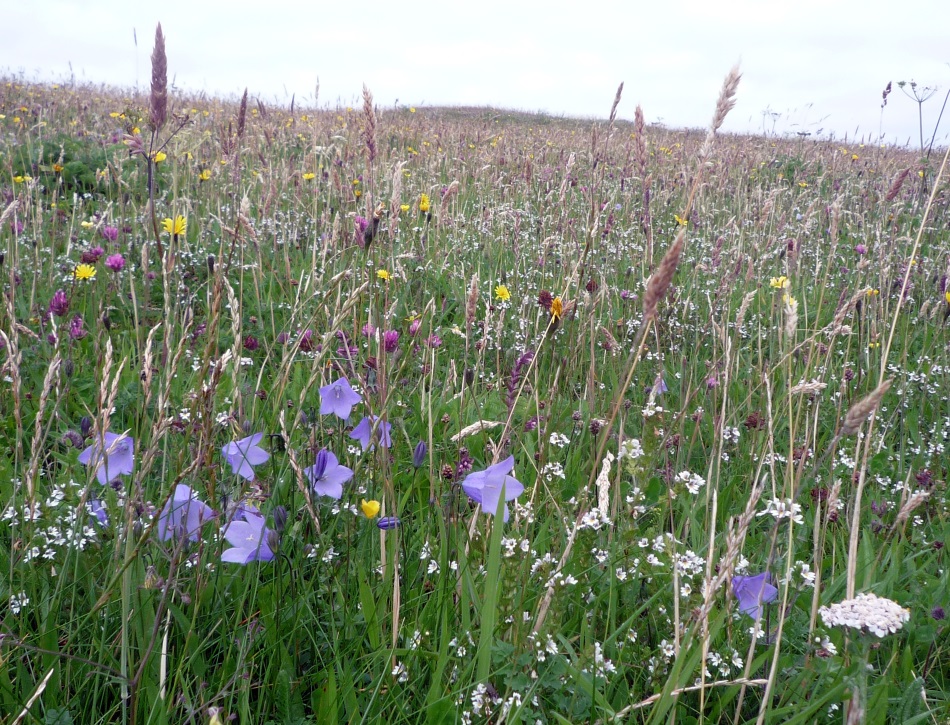
Taigh Chearsabhagh Museum will work with groups of local children to investigate the machair, a Gaelic word that describes the low-lying, grassy plains unique to Western Scotland and north-west Ireland.
“Our project seeks to enliven and enrich the experiences of visitors to our museum and its collections. We will do this through an exciting exploration of our unique, if threatened, shoreline and the machair land lying behind the marram grass dunes. These dunes are vital in the protection of this fertile, sandy environment from the encroaching ocean” – Mary Morrison, Trustee
The children will make investigations of the diverse plants and animals found in this landscape, as well as conduct interviews with local crofters to find out how the landscape has changed over the years. Results will be shared with the crofters and their families at a Ceilidh in May 2019.
Dippy about Dinosaurs
Andrew Carnegie Birthplace Museum, Dunfermline
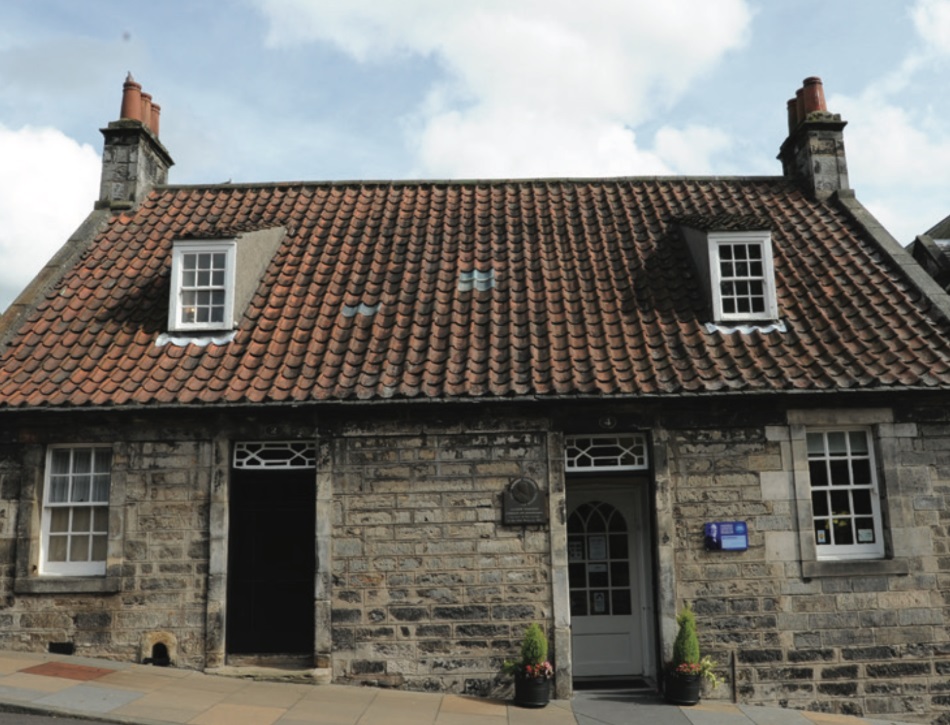
The Andrew Carnegie Birthplace museum are capitalising on the imminent arrival of ‘Dippy’ the Diplodocus, who will go on display at the nearby Kelvingrove Museum in Glasgow in January 2019.
“In 1899, an excavation funded by Andrew Carnegie unearthed a nearly complete Diplodocus skeleton in Wyoming in the United States of America. This new species was named Diplodocus carnegii, after Andrew Carnegie. 2019 also marks the centenary of Andrew Carnegie’s death. During this year, the museum is committed to explore Carnegie’s international legacy, including his contributions to science.” – Kirke Kook, Curator
The museum will develop a series of interactive family workshops, covering dinosaurs, robotics and engineering. The museum will also run ‘relaxed opening’ sessions, specifically designed to engage autistic children in science and engineering in a suitable and supportive environment.
Enlightening Science: Engaging with the Heritage of Richard Robinson
Armagh Robinson Library and No. 5 Vicar's Hill, Armagh

Founded by Archbishop Richard Robinson in 1771, the Armagh Robinson Library is the oldest public library in Northern Ireland. The library will run a project to enable local school children, many from areas of multiple deprivation, to explore and learn about the scientific inventions and discoveries in Archbishop Robinson’s impressive collection of over 8,000 books.
“The project will enable us to undertake new, adventurous work which involves thinking creatively about our collections and will allow us to plan for the future in a way that we wouldn't have been able to do without the financial grant.” – Robert Whan, Keeper of the Library
The library will work with Sentinus, an education charity operating across Northern Ireland, to develop the hands-on, interactive workshops for schools and will pay for the coach travel for them to attend. The project will culminate in a family workshop, where children who’ve taken part in the workshop can invite family members along for a day of scientific discovery.
From the small town of Totnes great ideas flow!
Totnes Elizabethan House Museum, Totnes
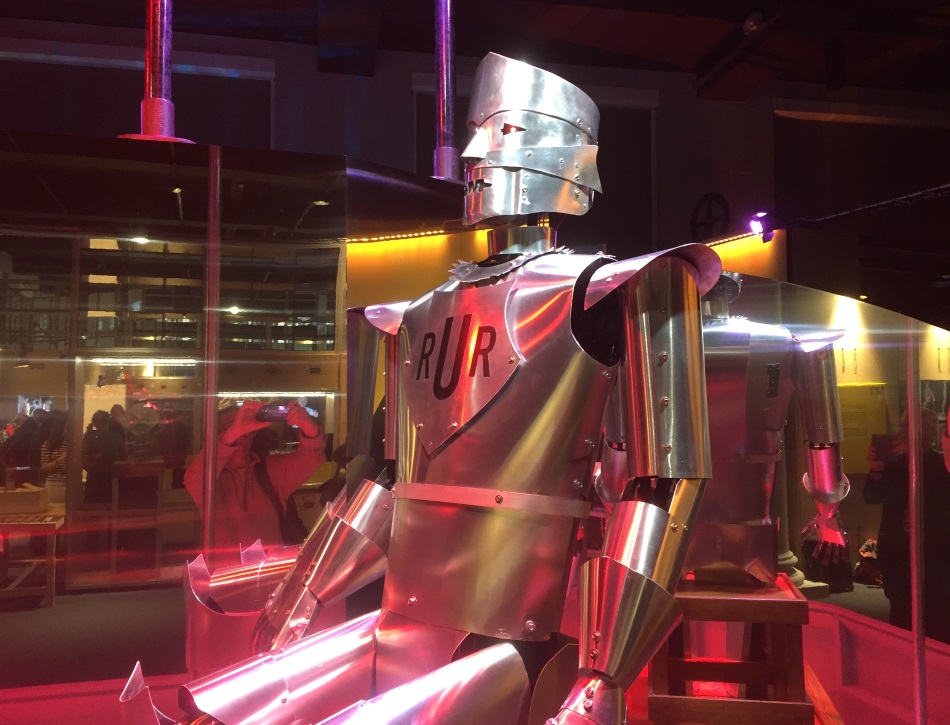
The story of Eric, Britain’s first robot, will take centre stage at the Totnes Elizabethan House Museum. Eric was built by local journalist and amateur engineer William Henry Richards; upon discovering that the Duke of York was unable to open an exhibition at London’s Royal Horticultural Halls in 1928, Richards declared ‘very well, I will find a substitute: it is a mechanical show, let us have a mechanical man to open it.’
“Totnes has only just discovered WH Richards and we are keen to celebrate his achievements as a visionary scientist. We want to use his fascinating story to inspire young people and new audiences to be inspired to get engaged in designing and making and debating what lies ahead in the world of robotics and artificial intelligence.” – Tony Whitty, Trustee
The museum will work with the Plymouth University robotics department to run workshops for local schools, where children will get the chance to design their robot of the future, as well as host talks and debates for locals about the future of AI and robotics.
On The Right Track (Past to Present Rail Innovation)
Doncaster Museum and Art Gallery, Doncaster
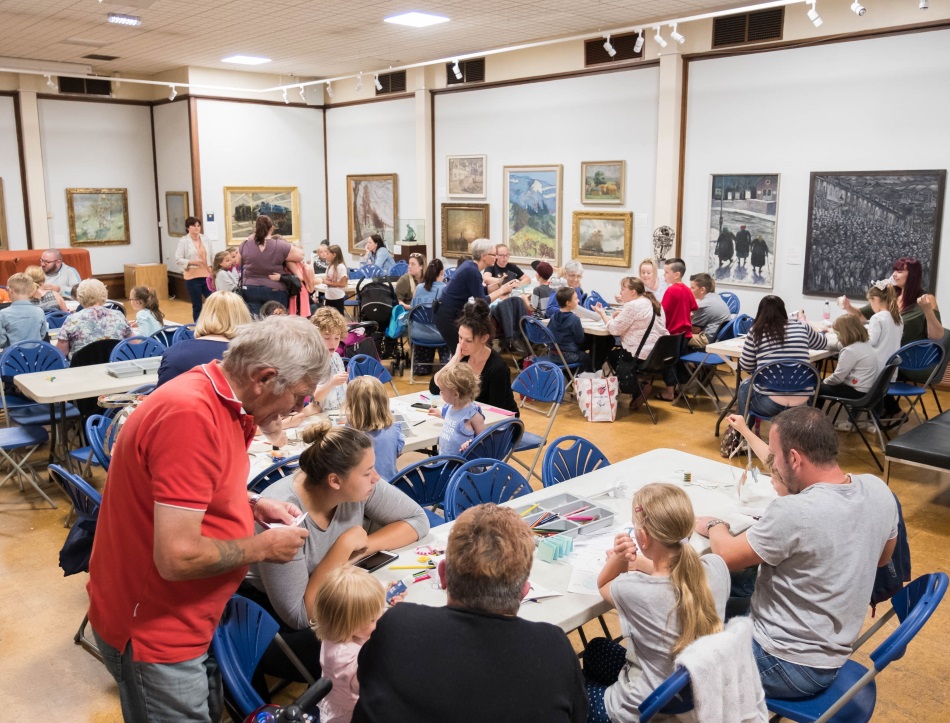
Doncaster Museum are working with Doncaster College media students to create a video archive, capturing the stories of those that worked in the plants and the on the railways during the years of British Rail.
“Doncaster has been renowned for rail excellence ever since The Great Northern Railway chose us for its new Plant Works in 1851. Doncaster is again at the forefront of rail engineering, seeing a new High Speed Rail College built.” – Janice Adams, Assistant Manager, Learning and Visitor Services
The museum will capitalise on a renewed interest in rail engineering by partnering with local companies, who will support the delivery of school science workshops. The museum will also host family activities, as well as talks from retired senior engineers.
Our brain is TREASURE: Uncovering the science in Bristol's psychiatric innovations
Glenside Hospital Museum, Bristol
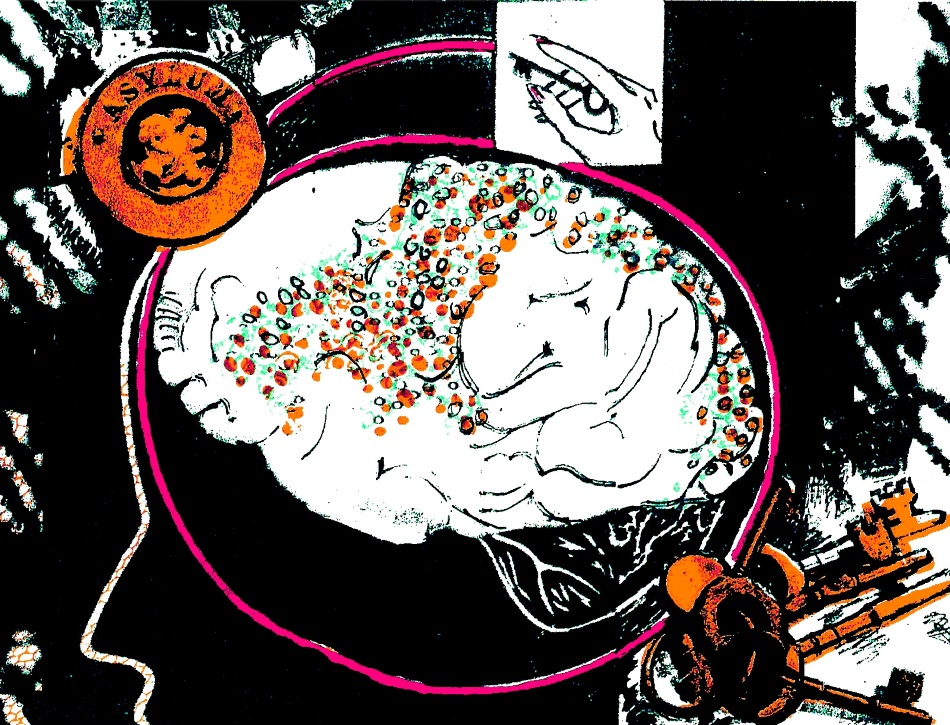
Glenside Hospital Museum are looking to reach new audiences by developing a brand new handling collection. The collection will explore the science behind Bristol’s historic psychiatric firsts, which includes the first leucotomy and first use of Electroconvulsive Therapy in the UK.
“We will use the TREASURE handling collection to invite people who normally do not engage with science to consider the practical outcomes of scientific discoveries and the role of Bristol's institutions in mental health care, and how understanding brain science can lead to better well-being.” – Stella Man, Development Officer
A primary audience for the collection will be those that find it hard to read. By collaborating with artists, scientists, audio specialists and learning disability coordinators, the museum will transform 10 key items into an interactive, multi-sensory experience of science and mental health.
Penmaenmawr Rocked! Why the town became a hub for scientists in the 19th century
Penmaenmawr Museum, Penmaenmawr
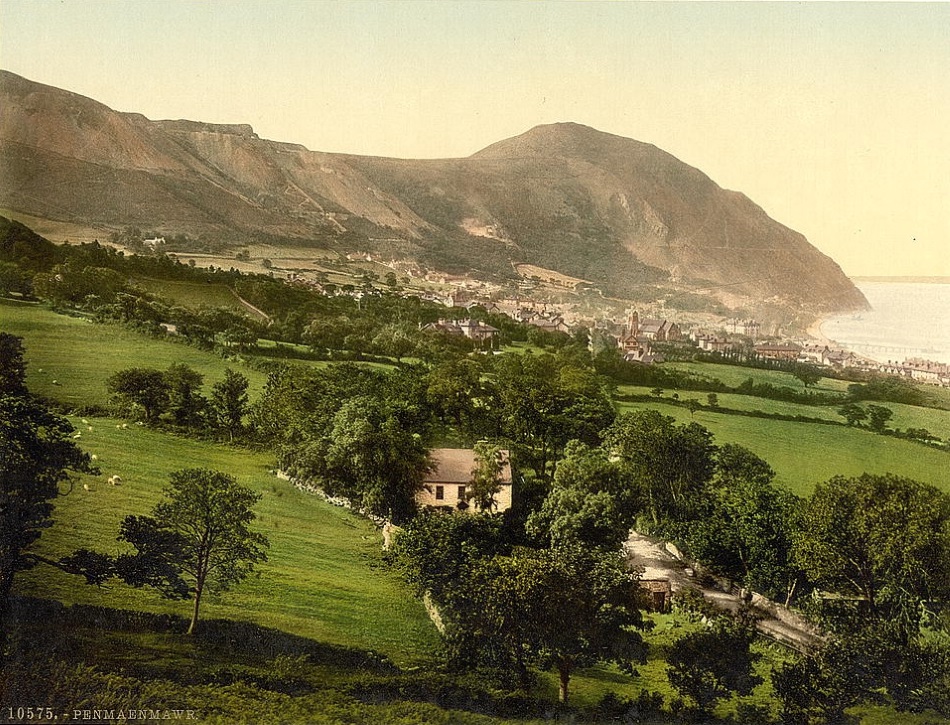
Penmaenmawr museum will tell the story of how a flurry of Victorian visitors led to a period of scientific exploration and discovery in this small town on the North Wales coast.
“Penmaenmawr Museum developed as a 'must-visit destination' for the middle and upper classes after the coming of the railway in the early 19th century. The mountain and sea air gained a reputation for 'healing the body and mind' and visitors came here to write, explore, and recuperate.” – Suryiah Evans
The museum will tell this story through exhibitions, workshops and online resources, working with partners at the Conwy Culture Centre and Snowdonia National Park.
Project Life-Cycle
Littlehampton Museum, Littlehampton
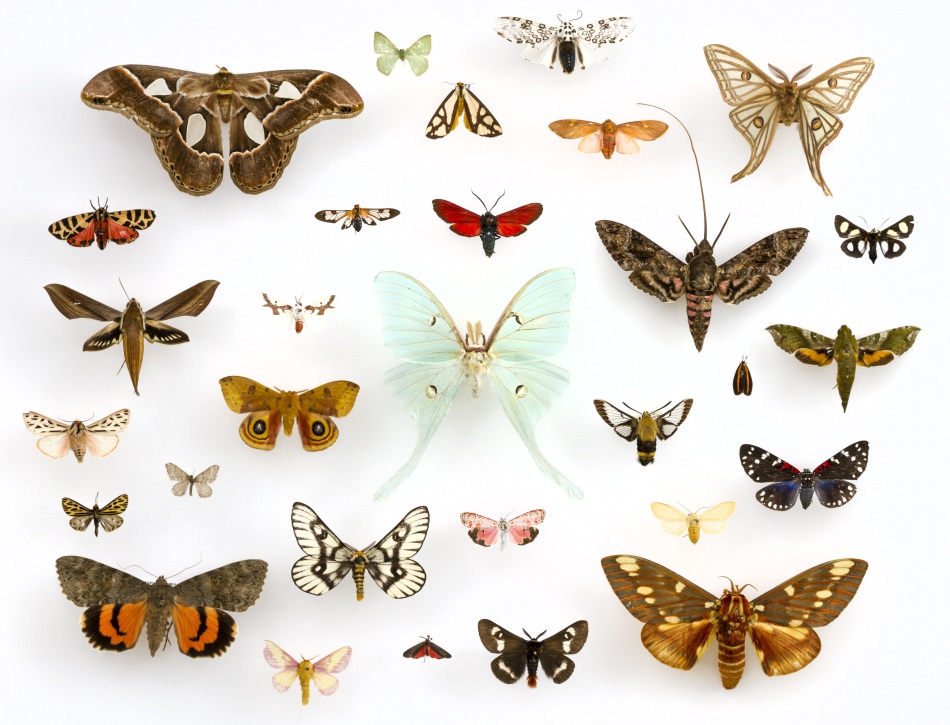
In Littlehampton, the local community will be invited to get involved with the identification and care of a previously undisplayed and unclassified collection of over 1000 insect specimens.
“In a wider sense, this project will aim to recapture the story of a Littlehampton local, Major Harry Jeddere-Fisher, member of Littlehampton Natural History and Archaeology Circle, which helped found the museum. Both organisations have been inspired by the Victorian legacy of the ‘pursuit of scientific truth.’ By focusing on developing our own knowledge of Littlehampton Museum’s small collection of insect specimens, we can better understand what motivated the museum’s founders in their quest to share scientific discovery with the local community.” – Jonathan Parrett, Collections Documentation Officer
The museum will work with an entomologist to deliver a series of workshops to train community volunteers and museum staff in the care, identification and display of the entomology collection. Finally, the full documentation and cataloguing of the collection will be carried out in the museum’s new public space, where museum staff and volunteers will involve visitors in the process.
Traills on Rails: Hydroelectricity and the Giant's Causeway Tramway
Ballymoney Museum, County Antrim
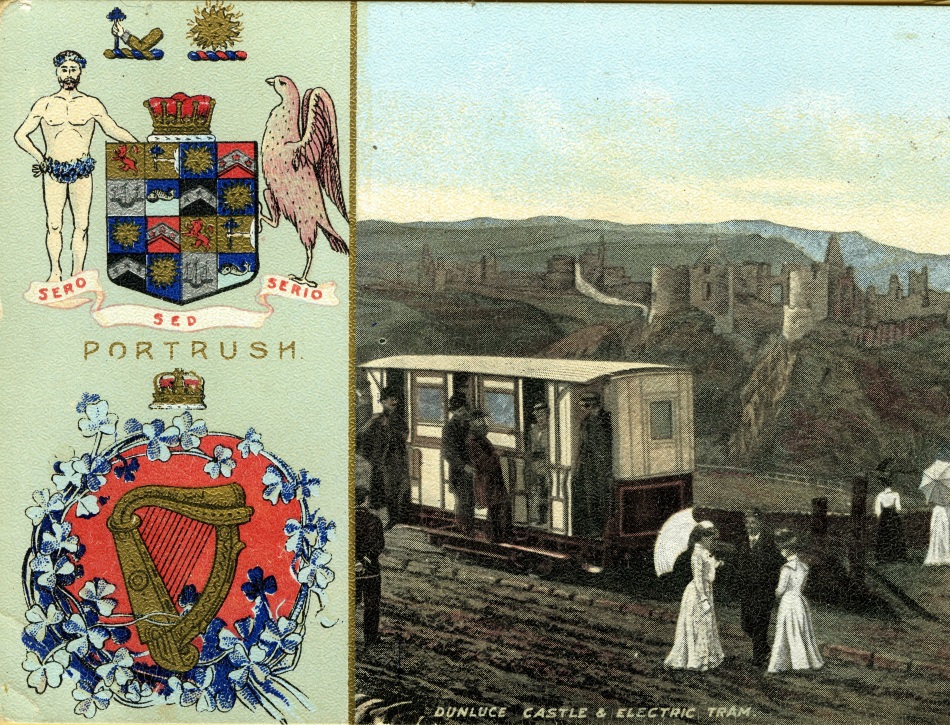
Ballymoney museum will be spreading the word of the world’s first hydro-electric tramway, a pioneering scheme led by two local brothers that opened up access to the Northern Irish coast and the Giant’s Causeway.
“Despite being well publicised, and not without controversy at the time, the story of the Traills and their innovative scientific contribution to the development of the North Coast as a tourism destination is little known outside of railway enthusiast circles.” – Nicholas Wright, Community Engagement Officer
The museum will work with the W5 centre in Belfast to engage over 300 school children in workshops about the importance of generating renewable energy, as well as tell the story of this amazing local innovation through an exhibition and events.
Whitby and the Cosmos: The Search for Dark Matter
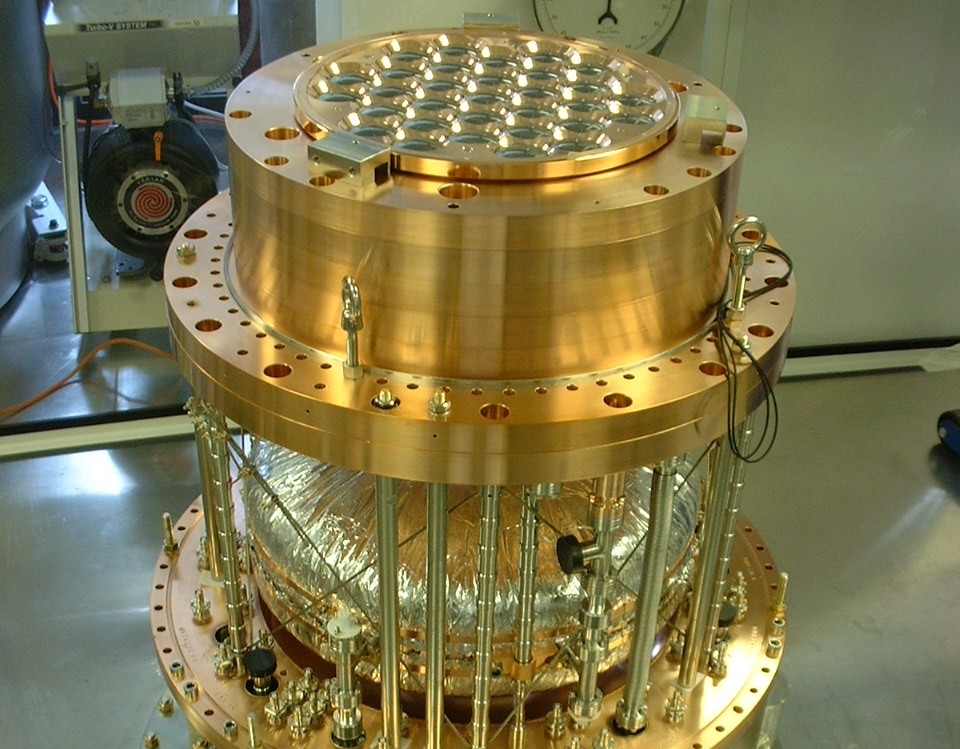
Whitby Museum will be getting to grips with the past, present and future of cosmology, using their recent acquisition of the Zeplin III Dark Matter Detector to inspire local people.
“The Zeplin III Dark Matter Detector was based at the Boulby Underground Laboratory, just 12 miles along the Yorkshire coast from Whitby.” – Hazel Wright, Operations Manager
The museum plan to complement the cutting-edge nature of the object with a historical perspective of science in the area, including the Royal Society-sponsored voyage of Captain James Cook, who in 1768 sailed to Tahiti to observe the transit of Venus across the Sun. The museum will work with a number of local partners, including a book shop, astronomical society and dark sky festival.
